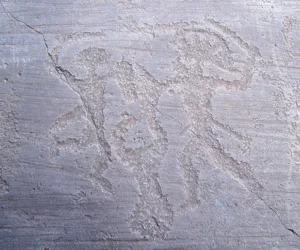Val Camonica, located in the Lombardy region of northern Italy, is home to one of the largest collections of prehistoric rock art in Europe. This valley, stretching over 80 kilometers, holds thousands of carvings created by ancient inhabitants over millennia. These rock drawings, which have been preserved and documented in extensive detail, offer valuable insights…
Artwork and Inscriptions
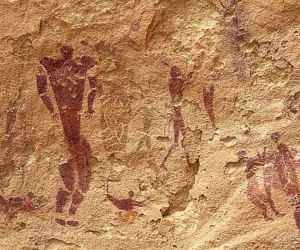
Cave of Swimmers
The Cave of Swimmers is a significant archaeological site located in Egypt. It features ancient rock art on the Gilf Kebir plateau. This site lies in the New Valley Governorate, near the Libyan border. Discovery and Historical Significance In October 1933, Hungarian explorer László Almásy discovered the cave. It contains Neolithic pictographs depicting humans and…
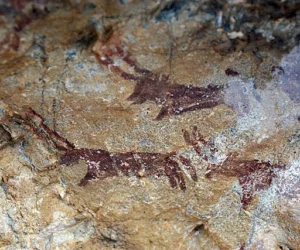
Zarautsoy Rock Paintings
The Zarautsoy Rock Paintings, located in Uzbekistan, offer a fascinating glimpse into prehistoric life. These ancient artworks, dating back to the Bronze Age around 2000 to 1000 BC, are not just artistic expressions but also historical documents. They provide insights into the daily lives, cultural practices, and spiritual beliefs of early Central Asian societies. Geographical…
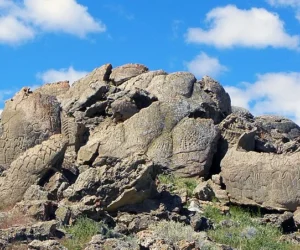
The Winnemucca Petroglyphs
The Winnemucca Petroglyphs are a remarkable collection of ancient rock carvings found in Nevada, USA. They are among the oldest known petroglyphs in North America, with some estimates dating them as far back as 14,800 years ago. These intricate carvings offer a window into the lives of the early inhabitants of the region and remain…
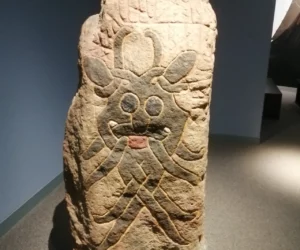
Danish Runic Inscription 66
The Mask Stone (DR 66): A Viking Memorial with a Mysterious Battle The Mask Stone, officially known as Danish Runic Inscription 66 (DR 66), is a fascinating Viking Age runestone discovered in Aarhus, Denmark. Carved from granite, this ancient memorial is most notable for its depiction of a facial mask, a motif thought to ward…
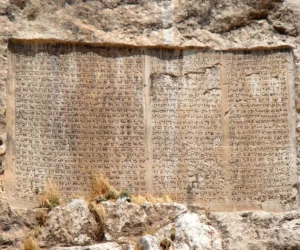
Xerxes I inscription at Van
The Xerxes I Inscription at Van: A Statement of Power and Legacy The Xerxes I inscription at Van, also known as the XV Achaemenid royal inscription, is a striking testament to the rule of King Xerxes I. Xerxes, who reigned from 486–465 BC, had this cuneiform inscription carved into a mountain near the Van Fortress,…

